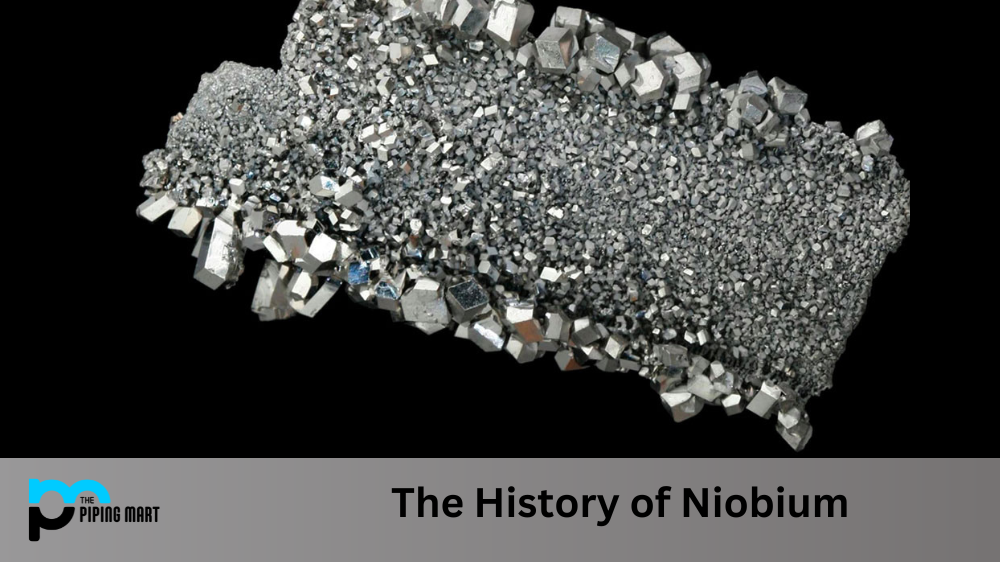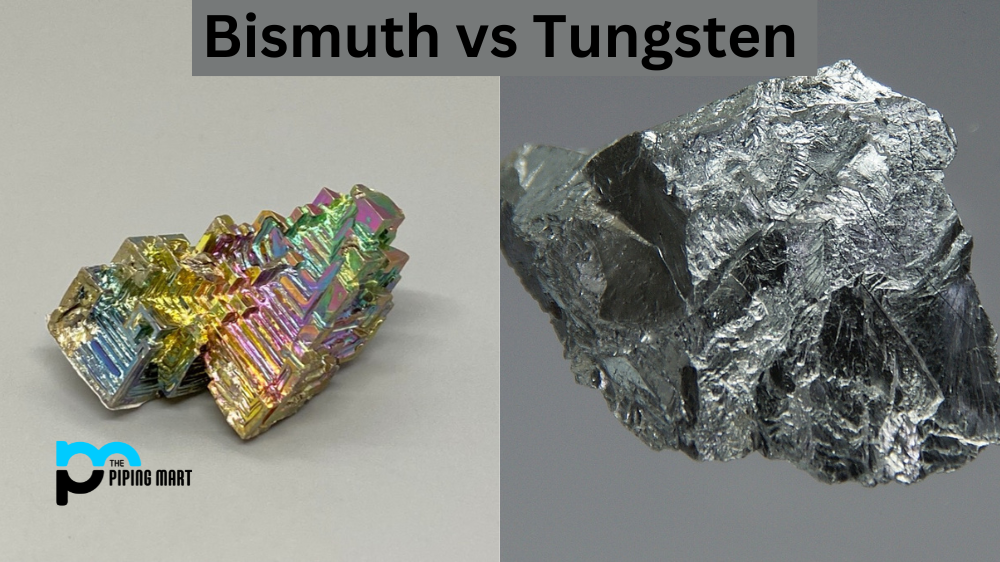Niobium, a chemical element with the symbol Nb, is the 41st most abundant element in Earth’s crust. It has been used in various industries since it was discovered in 1801 by Charles Hatchett at London’s Royal Institution. While niobium has been around for centuries, it wasn’t until relatively recently that its true potential was unlocked. Let’s look at how and when niobium was discovered and how it is used today.
What is Niobium?
Niobium is a soft, grey metal that was discovered in 1801 by English chemist Charles Hatchett. It is found in minerals such as columbite and pyrochlore, and is often used in the production of steel and superalloys.
Where Was Niobium Discovered?
Niobium (formerly known as columbium) was discovered in 1801 by British scientist Charles Hatchett at London’s Royal Institution. Hatchett noticed that three samples of ore from Connecticut contained an unknown element which he named “columbium” after Columbia, the feminine personification of America.
Further research into columbium revealed that it had similar properties to tantalum, another element discovered by Swedish chemists just two years prior. In 1809, German chemist Heinrich Rose suggested the two aspects were the same; however, his claim went primarily ignored until 1846 when French chemist Jean-Charles Galissard de Marignac confirmed Rose’s hypothesis – that columbium and tantalum were indeed the same elements – and renamed it niobium after Niobe from Greek mythology.
How Is Niobium Used Today?
Today, niobium is used primarily in steel alloys to create strong yet lightweight materials for aerospace applications such as jet engines and spacecraft components. It is also used to develop medical implants, including artificial hips and knees, due to its biocompatible properties, which allow it to bond securely with living tissue. Finally, niobium is also used to make jewelry due to its unique color, which can range from deep blue to bright yellow depending on how much oxygen is present in the alloy.
Early History
Niobium was originally known as “columbium” after Christopher Columbus, who discovered it in a mineral sample from Haiti. In 1809, German chemist Heinrich Rose renamed it “niobium” after the Greek goddess Niobe, who was the daughter of Tantalus and the wife of Amphion.
Uses of Niobium
Niobium is often used in the production of steel and superalloys due to its ability to resist corrosion and high temperatures. It is also used in the aerospace industry for its strength and light weight, and in the medical field for its ability to resist X-rays and other forms of radiation.
Niobium alloys are used in a variety of applications including aircraft engines, chemical processing equipment, pipelines, and pressure vessels. They are also used in medical devices such as pacemakers and stents due to their biocompatibility and resistance to corrosion
Mining of Niobium
Niobium is mined in Brazil, Canada, China, and Australia. The majority of niobium production takes place in Brazil, which is home to the world’s largest niobium mine, located in the state of Minas Gerais.
Refining of Niobium
Niobium ore is typically refined using one of two methods: pyrometallurgy or hydrometallurgy. Pyrometallurgy involves heating the ore in a furnace to extract the metals, while hydrometallurgy uses chemical processes to extract the metals from solution.
Production of Niobium Alloys
Niobium alloys are typically produced by adding niobium to other metals such as iron, nickel, or copper. These alloys are used in a variety of applications due to their resistance to corrosion and high temperatures.
Conclusion:
Niobium may not be a household name, but this versatile element plays a vital role in many industries today thanks to its unique properties and ability to bond securely with living tissue. Its discovery in 1801 set off a chain reaction of events that would eventually lead us to where we are today – using this rare metal for everything from aerospace engineering to jewelry-making! With its wide range of uses, there’s no doubt that niobium will continue playing an essential role in our lives for many years to come.
Rachana is a dedicated and ambitious young woman who has made a name for herself in the metal industry. From her earliest days in the industry, Rachana showed a natural talent for problem-solving and a keen eye for detail. In her free time, She enjoys reading up on the latest advancements in the industry, as well as exploring new ways to innovate and improve upon existing processes.




